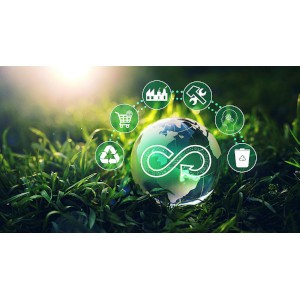Guest Editors:
Jin Liu, PhD, Peking University, China
Yandu Lu, PhD, Hainan University, China
Yantao Li, PhD, University of Maryland Center for Environmental Science, United States of America
Submission Status: Closed

Biotechnology for Biofuels and Bioproducts is calling for submissions to our new collection on Transforming CO2 to Algal lipids and specialty compounds. Algae, particularly microalgae, have been considered as ideal light-driven cell factories, because of the high photosynthesis efficiency, fast growth, ease of cultivation, strong environmental adaptability, non-competition for arable land, etc. In addition to synthesizing storage lipids, many algae are able to transform the photosynthetically fixed CO2 to diverse value-added products. The photoautotrophic production by algae has been receiving increasing interest in research.
